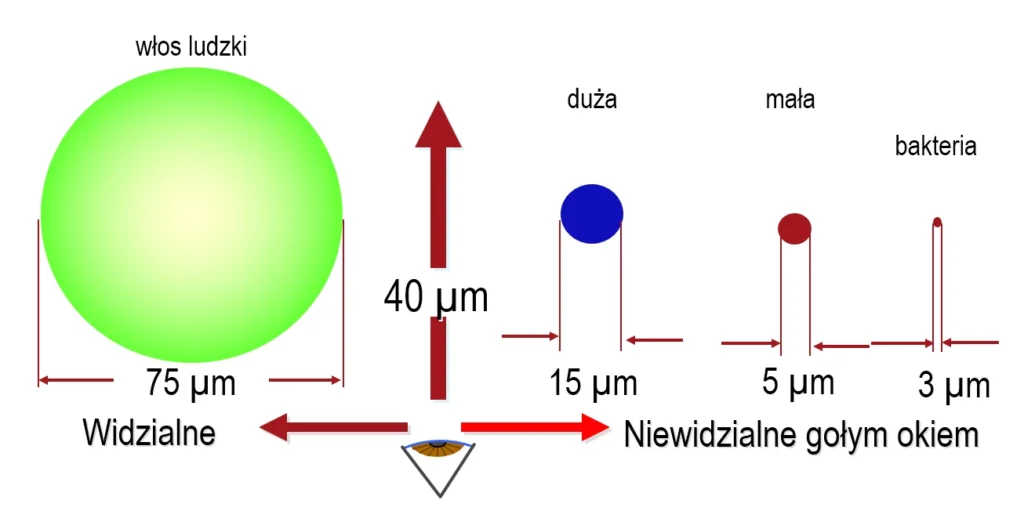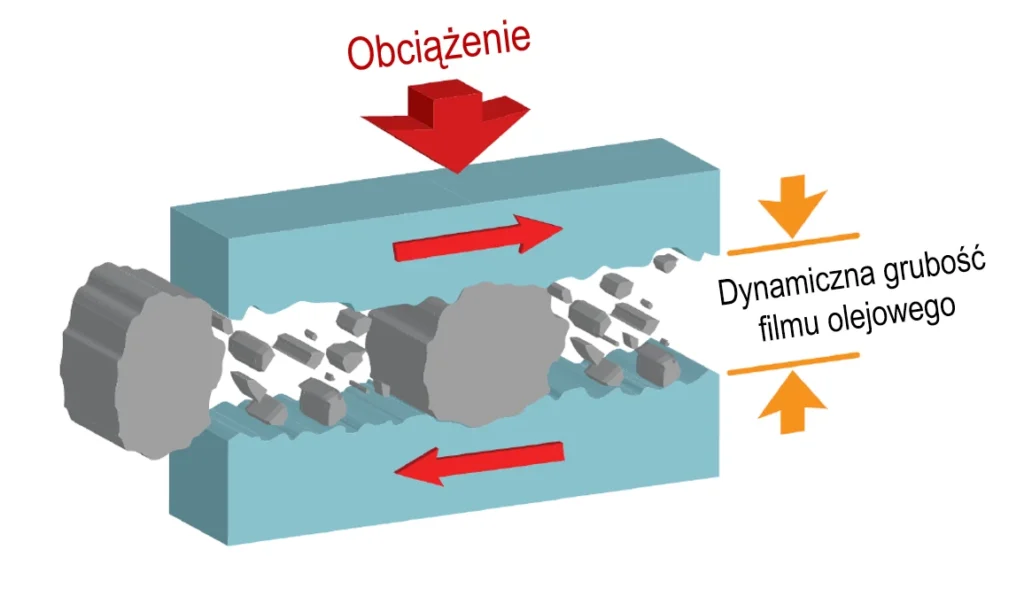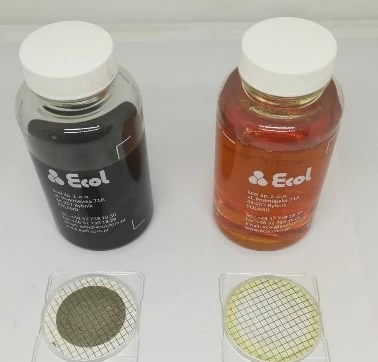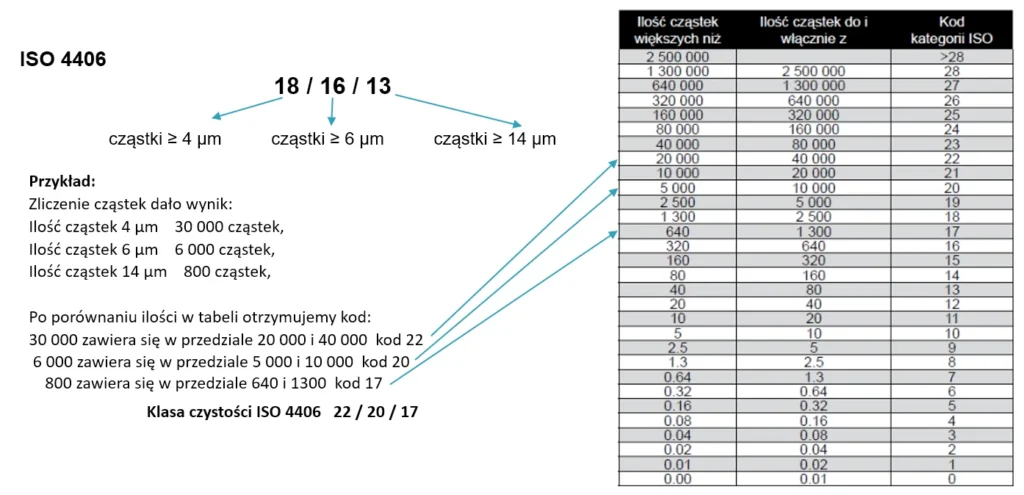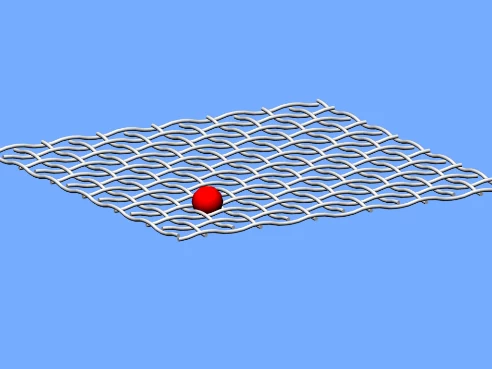The process of removing contaminants is carried out using filter units, equipped with appropriate system filters, which are designed to maintain the required oil cleanliness class. Bypass units are also used to remove contaminants and improve the oil cleanliness class in the tank during movement, especially of small systems.
Oil bypass filtration can be used continuously or periodically, for example, when the cleanliness grade of the oil used in the machine is found to have deteriorated.
Bypass filtration is carried out using filter units, the capacity of which is selected on the basis of such parameters as the capacity of the oil system, the viscosity of the oil used in the device, the operating temperature of the oil in the device, the dimension of the connection stubs.
Filtration, is the process of separating solid contaminants, by mechanically retaining one solid in the porous baffles of the filter.
Hydraulic oil, gear oil, heating oil, lubricating oil as well as flame-retardant fluids, coolants, machining fluids and fluids from chilled water systems (glycols) can be filtered.
Division of filters due to placement in the oil system:
- full-flow (system)
- bypass
- series and bypass
Division of filters according to the principle of operation:
- surface filters – mesh
- volumetric: nonwoven, cellulose, porous sinter, porous plastics
- magnetic, centrifugal, ion exchange filters
Taking care of oil cleanliness ensures a longer service life and protects machines from the undesirable effects of contaminants in systems. The use of the presented oil filtration systems reduces the risk of failure, lowers operating costs, as well as protects the environment by reducing waste.
